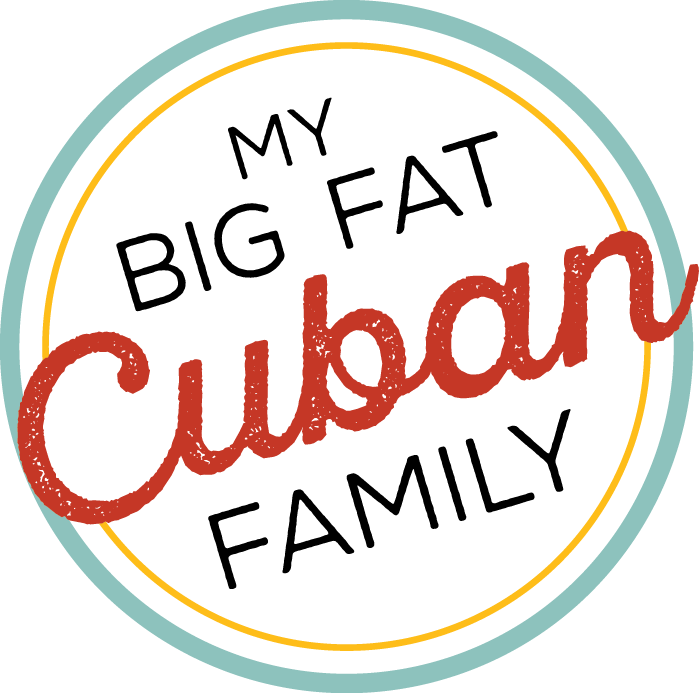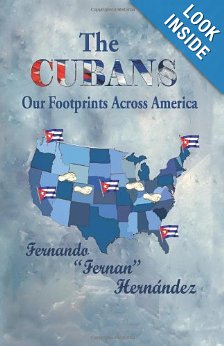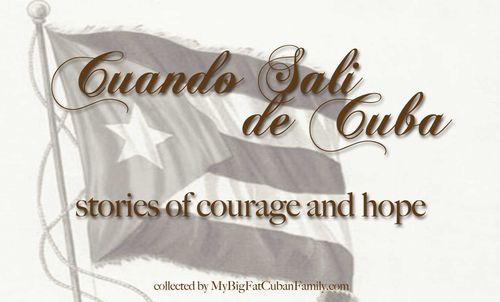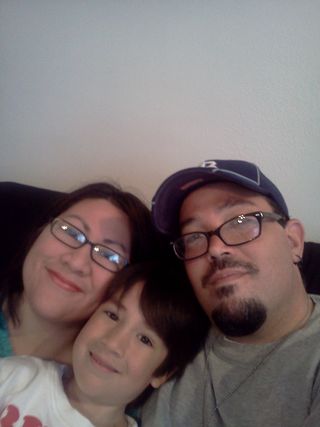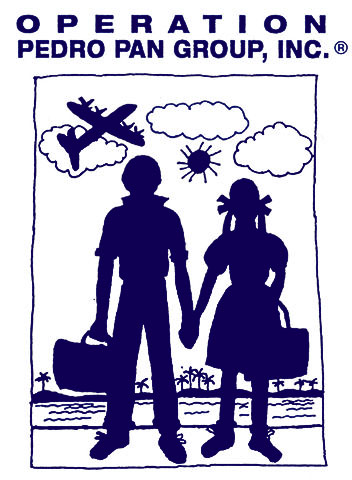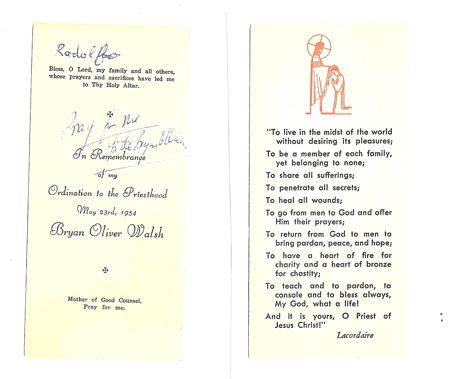September 8, 1961.
My family had been in the U.S. for seven long months. There was still a longing for anything or anyone that reminded us of "home." We eagerly waited for news that the revolution had failed and that the new regime had fallen and that we would soon be heading back to all things familiar.
The Catholic Archdiocese of Miami, which was instrumental in helping 14,000 unaccompanied minors travel to the U.S. to save them from Marxist indoctrination, was to have a mass. (My brother was one of those Pedro Pan kids. You can read about that here.)
September 8, 1961. That same day...
The image of Our Lady of Charity (La Virgen de la Caridad del Cobre) arrived from Cuba. She was first taken to the camps where the newly arrived children were interned waiting to be sent to host families in other parts of the country. Then she was to be exhibited during a mass at St. John Bosco in what is now known as Little Havana. My mother insisted we go. I think it was equal parts religious devotion and longing to be among other exiles.
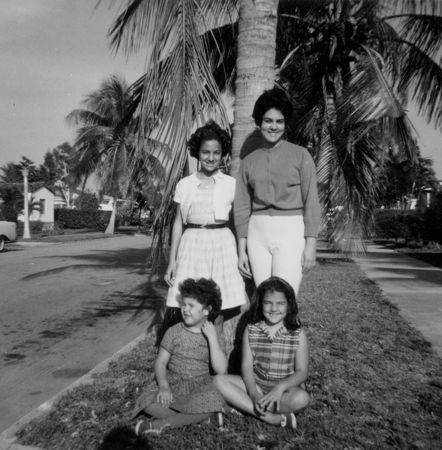
The Verdés sisters minus one. Circa late 1961. I'm the little one with the curly hair.
Off we went to the participate in the mass, to see the newly-arrived-from-Cuba image of Our Lady, and to connect with other Cuban refugees.
Picture my mother with her three youngest daughters (there are 5 of us girls) in tow. Into the throng we went. And there she spotted an Old Cuban Friend. The exchange went something like this:
Old Cuban Friend: "You! Here? What joy this brings me!"
Luza (my mom): "I can't believe it!"
They proceed to hug and cry and cling to each other like drowning children to a life preserver.
Breaking away and between the sobs, they begin to ask about the rest of the family. My mom introduces us as her three youngest. "You have THREE young girls?" The woman starts looking a bit suspicious.
Old Cuban Friend (or was she?): "Wait! What about young Arturito? And what about Zeida from down the street?"
It was at this point that both of them simultaneously realized that they did not know each other after all. But, of course, in Classic Luza Style, she said nothing. It was a case of completely mistaken identity.
She quickly grabbed us and we went into the mass.
"Mami, who was that?"
"I have no idea."
I think the emotions were genuine. We were here and we were free and there was some comfort in the familiar. The tears of grief and joy were heartfelt, even if they were grossly misplaced. And, to be honest, I've experienced that Cuban familiarity many times. My dad used to say that all of us Cubans have a map of the island on our forehead that only other Cubans can see, but that's not important right now. (Cuban Superpowers Activate!)
This happened 50 years ago and I can vividly remember the moment. I had never seen my mom cry so hard. It made such an impact on me.
September 8th is the 400th anniversary of the original finding of the statue in the rough Cuban waters in the Bay of Nipe (pronounced NEE-PEY). Here's that story.
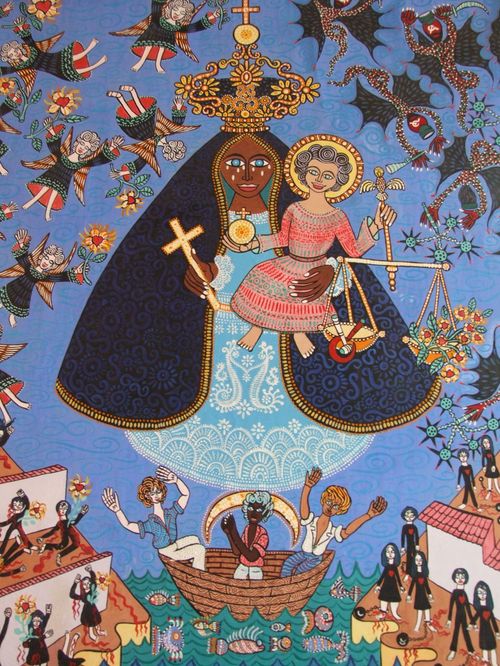
The Archdiocese of Miami is celebrating with a mass and concert. And because the Cuban community has grown in the half century since the arrival of Our Lady, it will be held in a much, much bigger venue.
Here are the details:
Saturday September 8th 2012
American Airlines Arena,
601 Biscayne Boulevard, Miami, Florida 33132
- 4:00 PM - Doors of the AAA open to the public
Statue of Our Lady of Charity departs by sea from the Shrine of O. L. of Charity
- 4:30 PM - Holy Rosary at the AAA
- 5:00 PM - Arrival of the statue at the AAA
- 6:00 PM - Holy Mass, presided by Archbishop Thomas Wenski
- 8:14 PM - Concert with the participation of well-known singers and musicians
*Admission is free, and there will be concession stands open throughout the event.
If you're in Miami, you should go. Maybe you'll see someone you know. Or think you know. Even if you don't know them, if they're Cuban and you're Cuban, you should hug and kiss them anyway.
It's what we do, isn't it?
